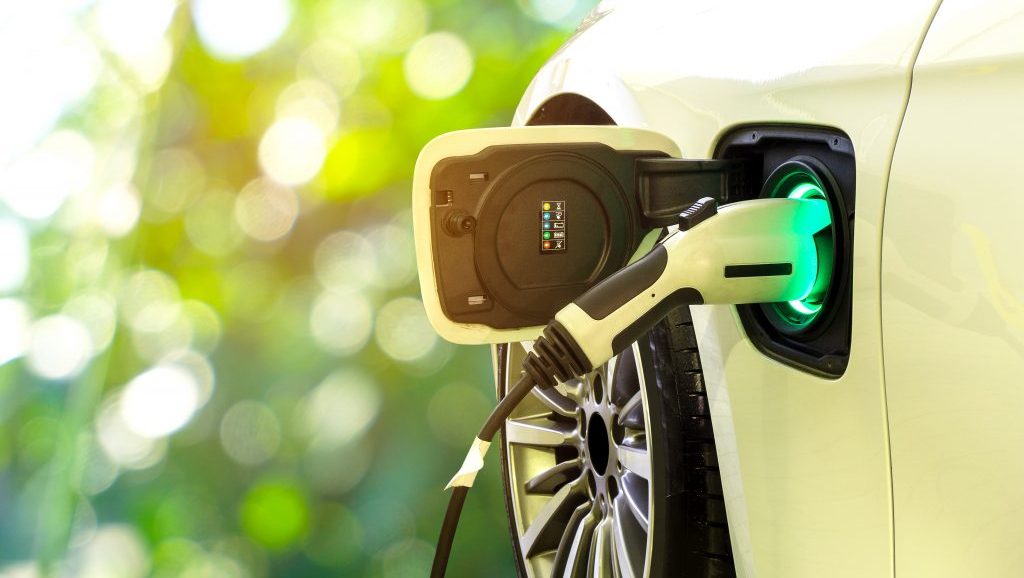Electric vehicles (EVs) are quickly replacing conventional cars and becoming mainstream. In 2023, 14 million new electric cars were added globally, bringing the total number of EVs on the roads to around 40 million. According to the International Energy Agency (IEA), global sales of EVs are expected to increase from 10 million per year in 2022 to 45 million per year by 2030. This massive increase in electric cars will require a corresponding leap in the availability of charging infrastructure.
Public Charging: The Backbone of Future EV Growth
When electric vehicles were introduced, most EV buyers relied on home charging. For example, in 2021, more than 90% of electric car owners in the United Kingdom had access to power charging at their homes. The lack of public charging became a significant limiting factor for advancing the appeal of EVs globally.
This emphasized the need for constructing commonly accessible EV charging stations, especially in densely populated urban areas. The main features required from public charging stations in large cities include convenient locations, availability, interoperability, simplicity of use, charging speed, and transparent pricing.
The availability of sufficient charging on highways is also essential for long-distance travelers. While slow chargers are suitable for overnight use or workplace settings, fast chargers are essential during long trips. The lack of enroute power charging has resulted in the growing popularity of plug-in hybrid vehicles, due to their flexibility in fueling.
As the number of EVs is projected to grow significantly over the next decade, public charging networks must also expand. According to published IEA research data, the number of public charging points worldwide must grow sixfold out to 2035, increasing to nearly 25 million from approximately 4 million in 2023.
Development Of Global Charging Infrastructure
China is currently the world leader in public charging infrastructure. In 2023, it accounted for 70% of global public charging points, 45% of which were fast chargers. The country has achieved a high density of chargers in urban zones, but gaps remain in rural areas and in the suburbs. By 2035, China expects a sixfold increase in public fast and slow charging points.
The profitability of public charging has been a challenge for China. According to Bloomberg, TGood and Starcharge, China’s two biggest public charging operators, were both delivering around 50 kWhs per charger a day at the end of 2022. The 50 kWhs per day corresponded with utilization of around 5% to 8%, less than the 10% to 20% widely accepted as the requirement for profitability without subsidies.” However, as the number of electric vehicles on the roads has surged, charger utilization has increased, resulting in improved profitability.
Both Europe and the United States are also advancing their public charging networks. In Europe, the number of public chargers is expected to increase from 730,000 in 2023 to 2.7 million by 2035, with 80% located in the countries of the European Union. The EU Alternative Fuels Infrastructure Regulation (AFIR) protocol has been established to support this continuing expansion. It requires member states to install fast charging stations with sufficient output at least every 60 kilometres on all major highways by 2025.
The United Kingdom plans to install at least 300,000 public charging stations by 2030. By that time, the number of EVs is expected to approach 20 million, resulting in over 60 cars per public charge point (versus a current 30 cars per charge point). This expansion indicates a high projected future charging demand from the increased number of electric cars.
The United States has a stated intention to grow its annual spending on EV infrastructure to $6.1 billion, doubling its investment level of 2023. The country has been planning to install 500,000 public EV charging stations by 2030. If installations continue at their current pace, the number of public fast-charging stations in the next eight years will exceed the number of gas pumps.
Factors of Sustainable Growth of the Charging Infrastructure
The global acceptance of EVs will result in a higher reliance on public and workplace charging stations. In 2035, EV charging outside the home is expected to reach 45%, up from 35% in 2023, requiring expansion of accessible, affordable and reliable public charging networks. Sustainable growth in charging infrastructure will rely on higher utilization, improved profitability, private investment, and supportive government policies and regulations.



Recent Comments